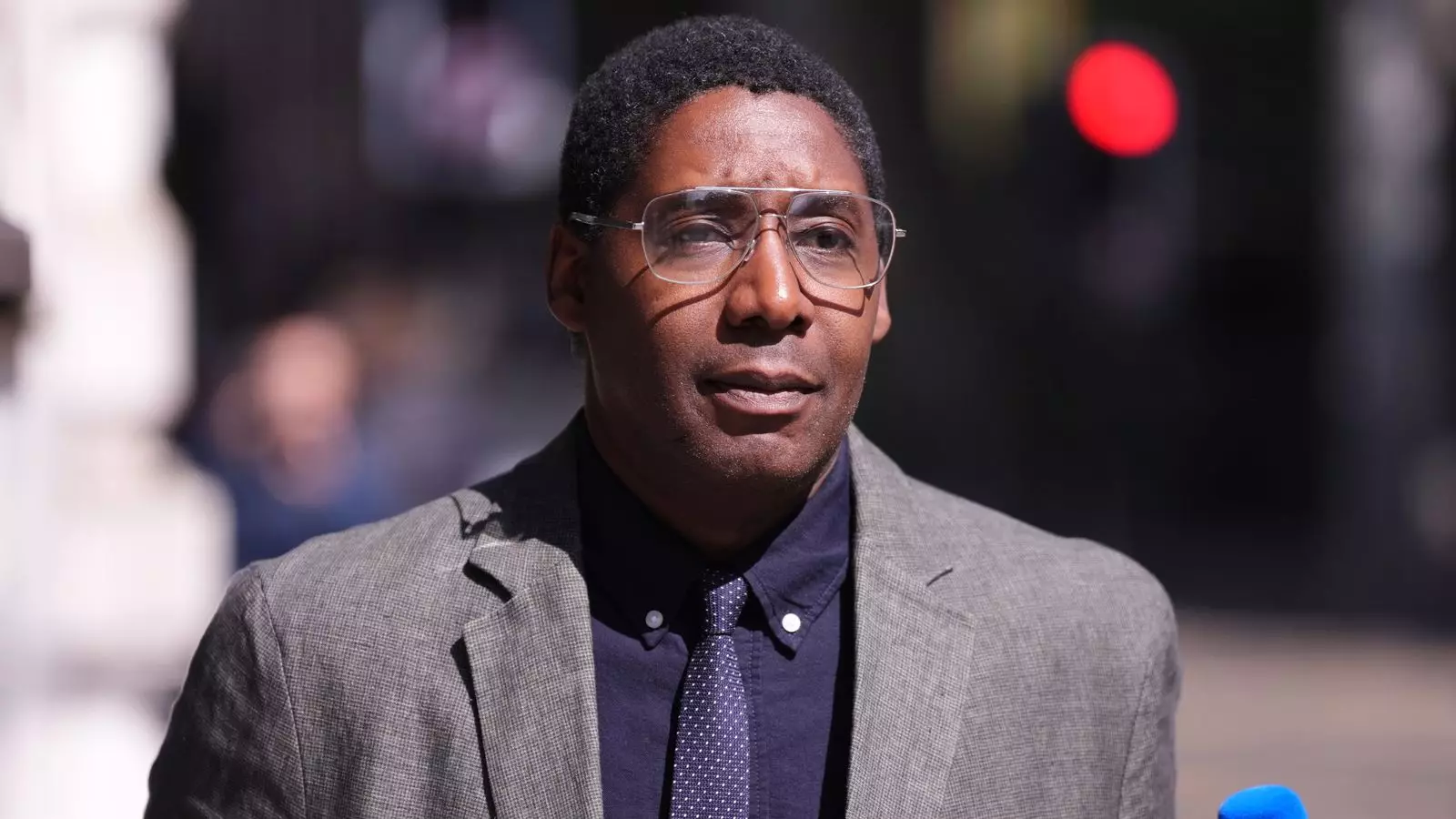In a world where art often stands as a symbol of beauty and creativity, a recent scandal involving art dealer Oghenochuko Ojiri starkly exposes the underlying threats lurking within this seemingly glamorous industry. Ojiri, known for his appearances on popular television shows like *Bargain Hunt* and *Antiques Road Trip*, was sentenced to two and a half years in prison for failing to disclose sales of substantial artworks to Nazem Ahmad, a man with deep ties to funding Hezbollah, a notorious terrorist organization. What makes this case particularly shocking is not merely the act of selling art; it’s the morally repugnant decision to turn a blind eye to the implications of that sale. The art world is not just a playground for the affluent; it can also become a tool for facilitating heinous activities when unchecked.
A Question of Ethics and Responsibility
Ojiri’s actions raise significant ethical questions that deserve rigorous examination. In a sector where financial transactions can easily conceal darker motives, the responsibility of art dealers stretches far beyond profitability. The judge in the case pointed out that Ojiri was not naive; rather, he was fully aware of the potential consequences his choices could invoke. The suggestion is not just about a lapse in judgment; it highlights a conscious decision to overlook a dangerous reality in pursuit of commercial success. This perspective exposes a disturbing trend in the art market: the prioritization of profit over duty to society.
Ojiri’s choice to ignore Ahmad’s criminal background while selling him artworks worth approximately £140,000 is simply indefensible. The judge’s words cut deep, labeling his actions as a “shameful fall from grace,” a phrase that resonates strongly in our current social climate where accountability is more critical than ever. Given the tumultuous global landscape, allowing art to be a vehicle for terror financing is not just an ethical breach—it’s a catastrophic failure of moral leadership within the community.
The Art Market’s Role in Global Issues
What Ojiri’s case encapsulates is a more complex narrative concerning the intersection of art, finance, and politics. The art market often operates in a gray area, where wealth can easily obscure transparency, making it ripe for exploitation by those with nefarious intentions. Ahmad’s extensive art collection, featuring works by legends like Picasso and Warhol, is a stark reminder of the way art can be misused as a method for laundering money or hiding assets. This reality begs the question: how many more dealers might similarly compromise their ethics, prioritizing profits while consciously exposing society to risks associated with terrorism and organized crime?
Beyond just this individual case, it becomes essential to consider the broader institutional ramifications and the burgeoning responsibility of art dealers worldwide. If the art market hopes to sustain its reputation as a bastion of culture and innovation, it must also embrace a stringent ethical framework that calls for transparency. This will mean scrutinizing potential buyers more closely and ensuring that their financial sources are legitimate.
An Awakening Call for the Art Community
The sentencing of Ojiri may serve as a wake-up call for art professionals to reevaluate their role within society. It illustrates that the art world is interconnected with global issues that go far beyond aesthetics and commerce—it can influence lives in deeply troubling ways. Those involved in this space must possess accountability and vigilance, making it clear that financial gain will never supersede moral imperatives.
In a culture where artists and dealers alike are often positioned as influencers, the repercussions of their choices extend far beyond public perception; they can affect geopolitics and humanitarian crises. As such, the art community must work collectively toward creating an environment that recognizes its potential impact and takes proactive steps to harness it constructively.


Leave a Reply